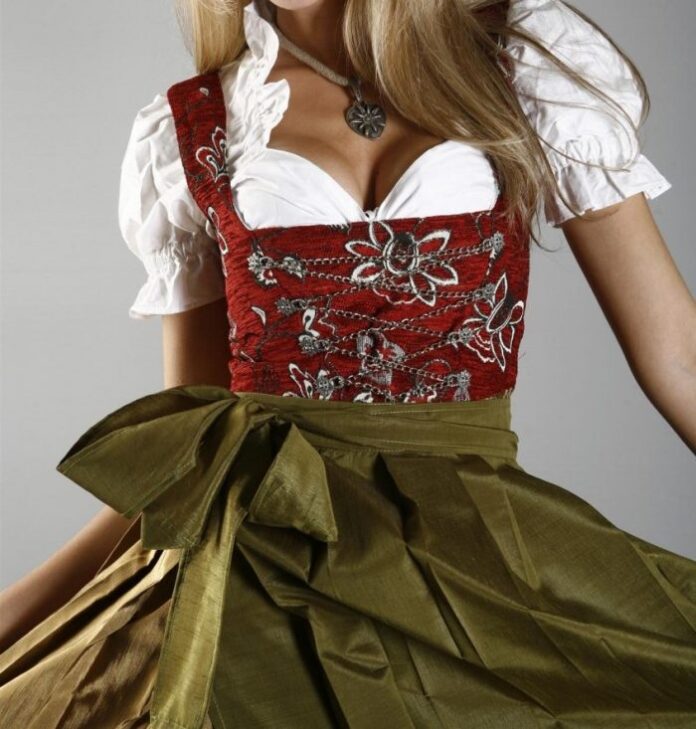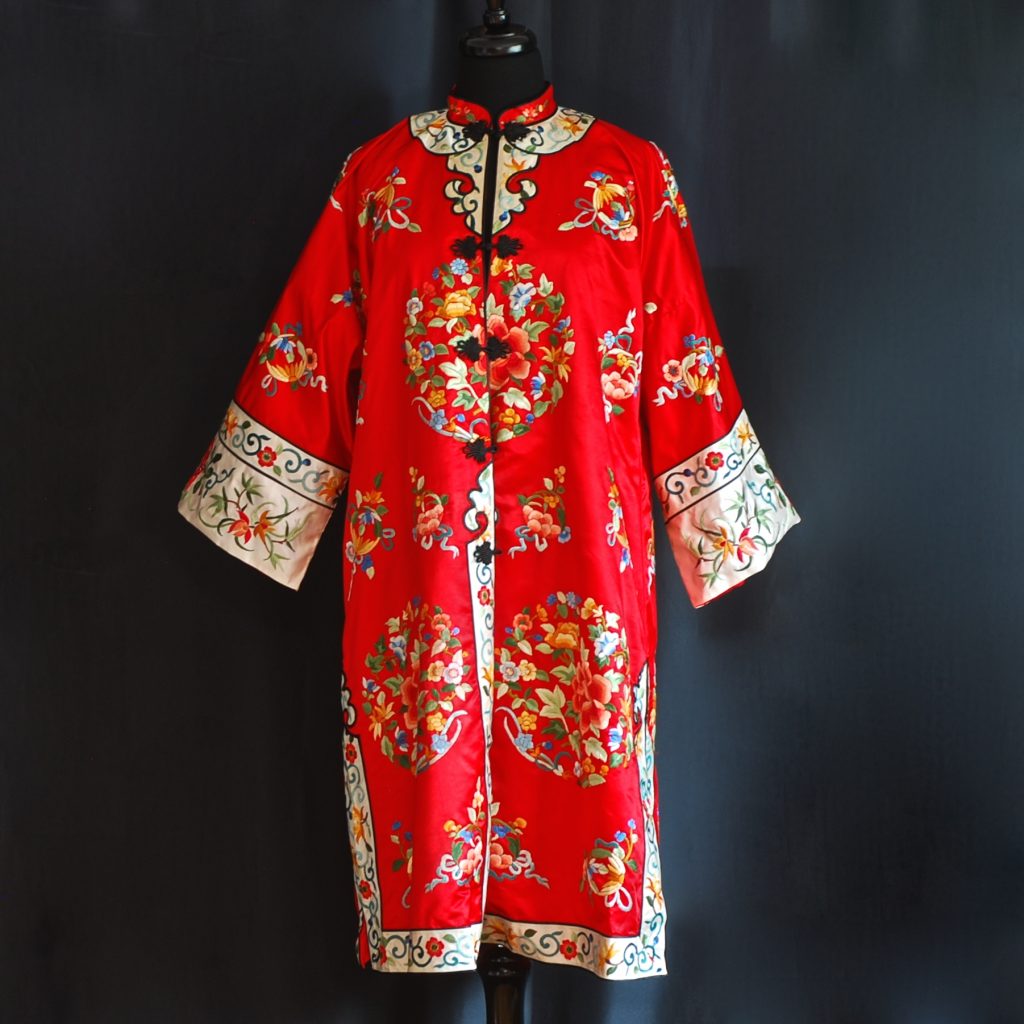Many cultures around the world have traditional clothes that are specific and made following the culture and tradition, and at the same time they are authentic quality, and beautiful. In most cases, they aren’t a part of the trends but can be a huge inspiration for new designs. For example, German traditional clothing is not something that can be seen in Berlin nightclubs, but on the other hand, during Oktoberfest, even the visitors are wearing it.
There is no way to prove it’s genuine and authentic just by looking at it. But, many people are experts in their native culture, and they can recognize the clothes and accessories. At the same time, there are experienced people who know a lot about the specific patterns, models, textiles, and other things related to traditional clothing.
Some of these models are very attractive, but before you buy one for yourself, you must check if it’s appropriate to wear clothes of another culture. Even though it seems like you are showing respect to them, some traditions are strongly against strangers wearing their authentic clothing. We mentioned Germany already. As you can learn more here, they are selling culturally inspired clothes in the boutiques and retail stores, and they find it appropriate for foreigners to show respect by wearing their clothing.
But in Japan, wearing a kimono may not be acceptable, because it shows a different aspect of their tradition and history. It’s not forbidden, but it may disturb them, especially if you don’t behave properly. Many people make wrong conclusions that if they wear some other culture’s dress or suit, they appreciate it. It’s not always a case, and many cultures are strongly against that actions, even when the fashion is getting inspired by them.
Some people own collections, and they are buying traditional clothes from different parts around the world, so they can explore the tradition, and learn more about the cultural aspects of the country or people who live there.

How to recognize if some piece is genuine or not?
The best way to get that information is to ask someone who is professionally working with traditional clothing or a person who belongs to that tradition. Also, you can check the quality by yourself. If you ask Google, it will list plenty of characteristics and recognizable things about one culture and tradition, so you can learn more about it. Then, the price also tells a lot. If something is too cheap and offered under the label “traditional”, then it’s probably fake or low quality. Traditional clothes require a lot of work. For example, Chinese silk is colored with natural dyes, or painted by hand. Balkans also have authentic clothes, and they are pretty expensive, because the genuine ones are handmade, and it takes a few weeks until one of them is done.
Sadly, there isn’t an exact formula that will help you estimate the authenticity, and you really need to know a particular culture, so you can recognize if the piece you have is genuine or not. But, people who studied the history of cultures, or those who work at the museums, can help you determine the quality, so don’t mind asking them about that. Usually, original traditional clothes are very valuable and may cost a lot of money. That’s why some people who have them at home are selling them to museums, so they can get money for a living.

What most people are getting wrong about cultural appreciation?
Many celebrities and designers are “borrowing” their inspiration from different cultures and traditions, even religions. But, the people who belong to that culture may find it inappropriate, especially when they are trying to do something, but they are doing it wrong. For example, Asians get very angry when someone is treating their patterns and models like exotic part of fashion. Even when it’s approved by the authorities and historians, the people can find it disrespectful.
It’s more disturbing when someone is using their traditional clothing as a costume. You may find the Japanese kimono fashionable and appropriate to mask yourself like a geisha on some event, but that can be very wrong if you ask Japanese people. Germans and Austrians have similar traditional clothing, and they wear it at family events or traditional celebrations, but they aren’t okay with foreigners treating it as sexy wear in public places. Muslims have a rule of wearing a hijab, but when someone who doesn’t belong to this religion wears it, it’s equal to the offense. Don’t do that, especially if you have friends who have different origins and religious views than you. It’s always a good idea to be respectful of the cultures, as long as you don’t offend it with your behavior. Don’t consider this type of clothing as a fashionable trend, because it’s not – it’s someone’s tradition and culture, and we all must be respectful of that.

The issue with tourism
If you visit Greece, you will find a lot of dresses and clothes inspired by their traditional patterns, or even the ancient gods. Some cultures find their traditional clothes an easy way to promote the tradition. Others can be strongly against it. But, one of the things that are very common in tourist places is selling fake traditional clothes or using the patterns and designs on a bikini, dresses, or even flip-flops.
If you are interested to learn more about the culture and buy an authentic piece for you, then you have to visit the right places for that. Beach sellers are not the right people to offer that to you. Even though you think you are buying an interesting piece that reminds you of the local culture, the locals can really be offended by your actions.
If you really want to show appreciation, there are many ways to do that. Visit the countries you find most interesting, read a lot of articles, books, look through the photos and images, and of course, the rules for proper behavior. Once you gain the experience, you will be able to recognize if some traditional piece is genuine or not, all by yourself.









